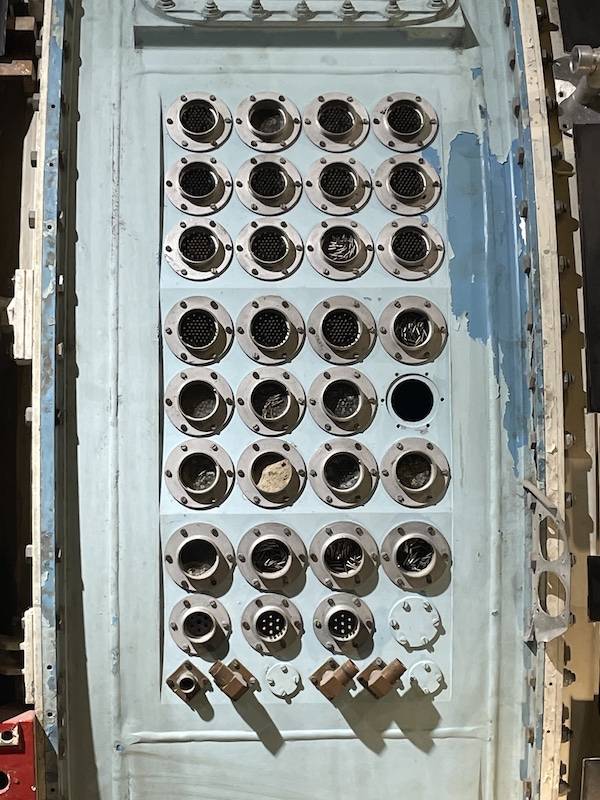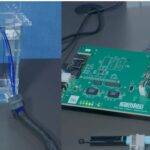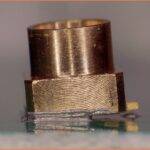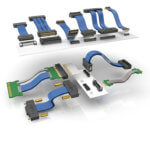The New Year is a time to reflect on what has changed and what remains constant. The modern world is always in movement, and it can be hard to keep up. But it is important to remember that (in the immortal words of Canadian prog-rock giants Rush) the more things change, the more they stay the same.
Over the Christmas holiday, I went with my family to the National Space Center here in the UK. It might seem strange to some to talk about the British space program but, despite its small scale, the UK has a long and proud history in space. In fact, since 1967 not a year has passed without a UK-built scientific instrument being launched into orbit.
Back in the USSR

The Space Center itself serves a variety of roles. Not only is it a very impressive museum, but it serves to inspire the scientists, engineers and astronauts of the future. One of the exhibits that caught my eye was an example of the Soyuz capsule that served the Soviet Union for many decades. As I have read a lot about the Apollo program (and Samtec’s part in its heritage), and it was fascinating to see the differences between the American and Soviet approaches to spacecraft design.
One of the most obvious features of Soyuz was the vast array of connectors that adorned the outside of the spacecraft.1 What struck me was the familiarity of the connectors themselves. It mattered little that these had been designed behind the iron curtain at the height of the cold war – there was something very familiar about their shape.

This realization started me thinking about the evolution of connector design, and how much function dictates form. In the case of Soyuz, the demands made upon its connectors would have been the same as those used by NASA. In an environment where lives are at stake, strength, reliability, and security are qualities that all connectors need to deliver. These are qualities for which circular connectors are well known and so it is hardly surprising that they look so similar, whether they are designed in the East or the West.2
The More Things Change…
Much has changed in the world of connectors. Computers are now many thousands of times more powerful than those used in the space race. Working at data speeds that would have amazed the engineers of the 1960s, modern computers need connectors that deliver another key element – signal integrity.
The circular connectors of Soyuz, and even the familiar D-Sub connector that once dominated the computer industry, are no longer capable of handling the transmission speeds that the latest data centers demand. The physics of how high-speed signals are propagated through connectors imposes demands on connector design. The form of the connector is dictated by the function it must fulfill. Shielding, differential pairs and twinax cable are now just as familiar to designers as D-subs.
Form Follows Function
Therefore, while the shapes of connectors have changed, what stays the same is that each has been designed to perform a specific function. A feature that suits one application may adversely affect connector performance in another, and so we are left with a huge variety of designs. The Samtec range is a perfect example, and even a casual browse through the website will reveal connectors that are as unique as the applications for which they are designed. From rugged Edge Rate® connectors destined for demanding environments to the latest ExaMAX® family of high-speed cables and connectors, the Samtec range has a solution for designers in a huge variety of industries.
Happy New Year, everyone!
1. Well, it was obvious to me. My wife and kids just laugh when I get so animated about connectors
2. It looks like they also have inherited some of the flaws. If you look closely at the contacts in some of the connectors, you will see they come from the era before military circular connectors were designed to be scoop-proof.



Leave a Reply